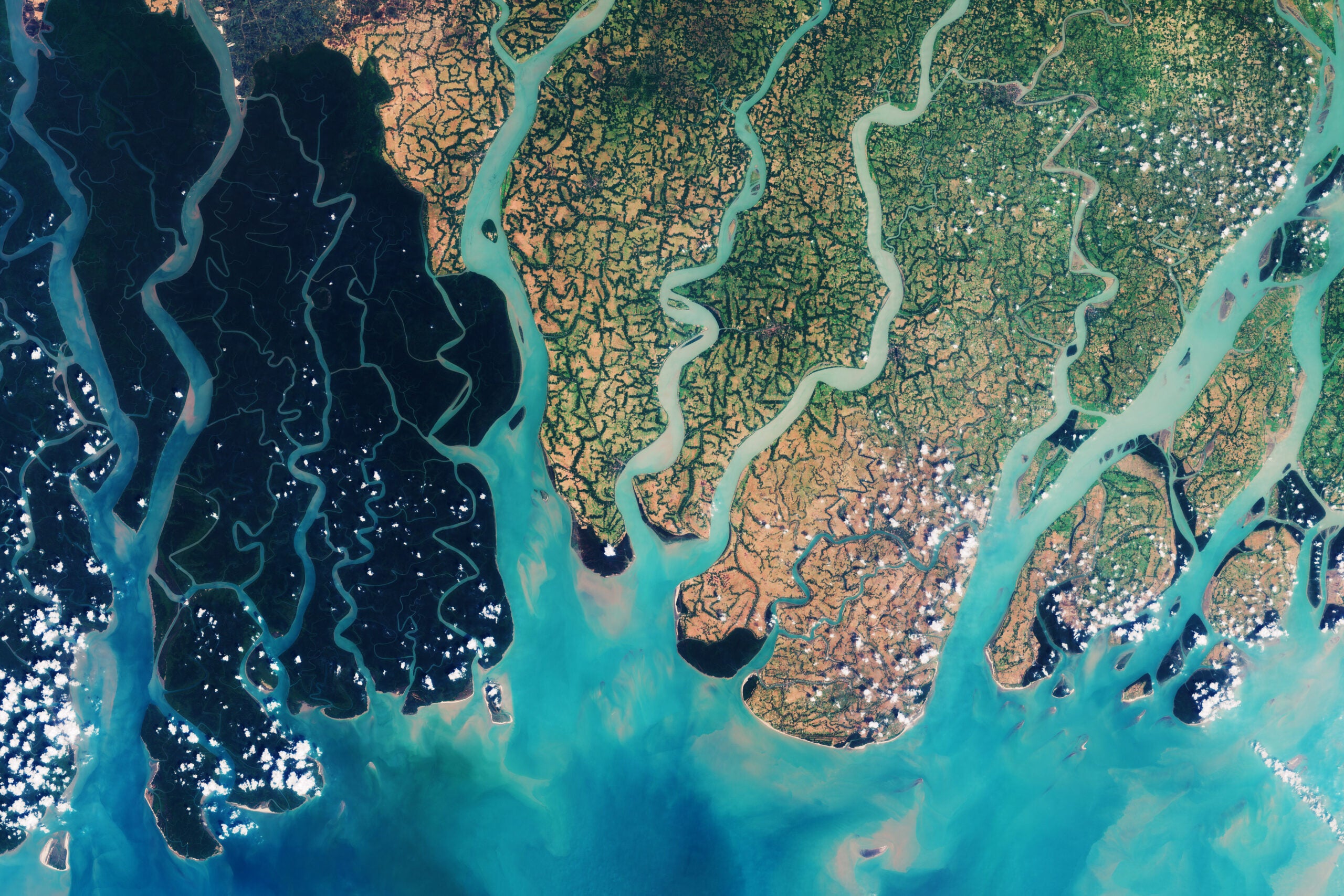The Fight to Stop a Giant Coal Plant From Poisoning ‘The Lungs of South Asia’
Sultana Kamal leads a coalition of environmental groups fighting to keep the governments of Bangladesh and India from building a giant coalfired power plant next to a vast wild estuary called the Sundarbans.

This page was published 7 years ago. Find the latest on Earthjustice’s work.
Sultana Kamal leads a coalition of environmental groups fighting to keep the governments of Bangladesh and India from building a giant coalfired power plant next to a vast wild estuary called the Sundarbans. The plant would spew mercury and smog-causing chemicals across the hundreds of small mangrove islands where Bengal tigers hunt spotted deer and monkeys. The Passur River, which flows through the heart of the wilderness and is home to endangered river dolphins, would become a shipping lane for coal and toxic coal ash.
Kamal’s coalition has worked with Earthjustice since 2015 to petition the United Nations to urge Bangladesh and India not to build the plant.
The governments are paying attention. Last summer, Bangladesh sent a dozen high-ranking officials to a hearing of UNESCO’s World Heritage Committee, whose designations influence national conservation policies and the flow of tourism dollars. The committee requested that Bangladesh put the plant and all large-scale industrial projects near the Sundarbans World Heritage site on hold until a region-wide environmental assessment is completed. Under international pressure, Bangladesh agreed to conduct the assessment, and has slowed construction of the plant. Kamal is keeping up the pressure at home and abroad to stop the plant.
What makes the Sundarbans so special?
The Sundarbans is one of the largest tracts of mangrove forest in the world. It is a complex ecosystem, with a mixture of salt and fresh water, and exceptional species of butterflies and bees. The Royal Bengal tiger has survived in the Sundarbans for many years. There are special kinds of trees, particularly the Sundari, that have medicinal properties. And the region provides fish and shellfish for millions of people.
The mangrove forest is called the lungs of South Asia. It absorbs pollution. It has saved us from so many disasters, including Cyclone Sidr in 2007. That storm could have destroyed every corner of Bangladesh if the mangroves had not absorbed its initial assault. Winds reached 180 kilometers per hour at Hiron Point, where the government now plans to have big coal ships transfer their coal into small barges to move through the mangroves. You just feel so delighted when you go through the Sundarbans. It’s enchanting. It is not only a heritage of Bangladesh, it’s a heritage of the world.
What threat would the coal power plant pose?
The power plant does not include critical pollution reduction technologies, so toxic emissions will greatly exceed those of new coal plants even in India and China. Acid gasses and heavy metals, particularly mercury, will harm plants, animals, water and fisheries.
Coal barges will travel through a river dolphin sanctuary every day. Dredging is also a real threat to the dolphins and fish.
Project officials are saying they will build an ash pond next to the Passur River. But Bangladesh’s soil is so soft, the ash will be carried into the river whenever the monsoon is here. Then the river will be toxic.
The government seems concerned about its reputation, but is it concerned enough?
They are concerned about the international reaction, no doubt about that. The government sent ministers to last year’s World Heritage Committee meeting to defend the plant, and later falsely stated that UNESCO has given them clearance to build it. They are trying to mislead the people. Our coalition has been able to counter this.
Now we are asking UNESCO to reiterate that the coal plant and other large industries next to the Sundarbans must be stopped until proper assessments and management plans are complete.
Earthjustice coordinated independent experts to examine the plant’s likely impacts on air, water, fisheries and endangered species. What role did that research play?
One of the arguments from the government is that we environmentalists don’t provide them with any scientific reasons why we are against the plant. That is not true. We have now submitted 13 expert reports on different sectors to the government and asked it to engage with us in discussion. But the government has not responded.
The expert reports help us raise public awareness. We think if we go for a public referendum, most of the people are against the coal power plant.
One of the reports analyzed the clean energy potential and costs for all of Bangladesh and found that utility-scale solar power would be cheaper than new coalfired power plants. What are the challenges to going solar?
The people are quite convinced. If you go around the villages, you will see people availing themselves of solar power. And the prime minister is seriously thinking of replacing these other kinds of power with solar. But it’s people in the bureaucracy and in the power business who are creating all these difficulties by saying it’s not possible.
The International Program partners with organizations and communities around the world to establish, strengthen, and enforce national and international legal protections for the environment and public health.